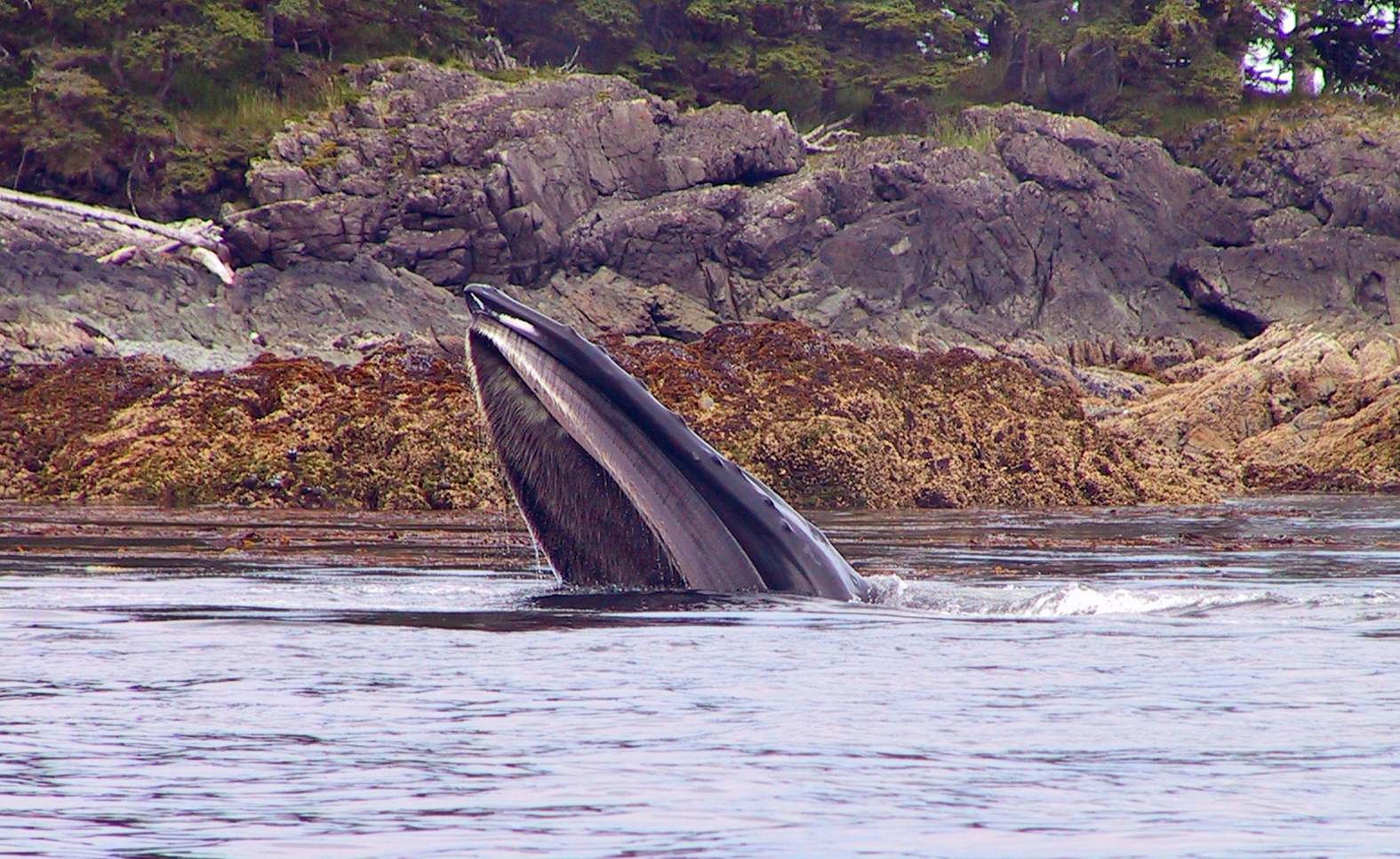|
Cetotheriophanes
''Cetotheriophanes'' is an extinct rorqual from the late Pliocene (Piacenzian) of northern Italy.T. A. Demere, A. Berta, and M. R. McGowen. 2005. The taxonomic and evolutionary history of modern balaenopteroid mysticetes. Journal of Mammalian Evolution 12(1/2):99-143 Classification ''Cetotheriophanes'' was originally described as a subgenus of '' Cetotherium'' in 1873, but later elevated to full generic status in 1875. It was later considered a synonym of ''Balaenoptera ''Balaenoptera'' () is a genus of rorquals containing eight extant species. ''Balaenoptera'' comprises all but two of the extant species in its family (the humpback whale and gray whale); the genus is currently polyphyletic, with the two aforem ...'' by some authors, but recent work suggests that ''Cetotheriophanes'' is distinct from ''Balaenoptera''. References Sources * * Pliocene cetaceans Prehistoric cetacean genera Fossil taxa described in 1873 Pliocene mammals of Europe {{paleo- ... [...More Info...] [...Related Items...] OR: [Wikipedia] [Google] [Baidu] |
Rorqual
Rorquals () are the largest group of baleen whales, which comprise the family Balaenopteridae, containing ten extant species in three genera. They include the largest animal that has ever lived, the blue whale, which can reach , and the fin whale, which reaches ; even the smallest of the group, the northern minke whale, reaches . Rorquals take their name from French , which derives from the Norwegian word : the first element originated from the Old Norse name for this type of whale, , probably related to the Norse word for "red", and the second from the Norse word ''hvalr'' meaning "whale" in general. The family name Balaenopteridae is from the type genus, ''Balaenoptera''. Characteristics All members of the family have a series of longitudinal folds of skin running from below the mouth back to the navel (except the sei whale and common minke whale, which have shorter grooves). These furrows allow the mouth to expand immensely when feeding, "permitting them to engorge gre ... [...More Info...] [...Related Items...] OR: [Wikipedia] [Google] [Baidu] |
